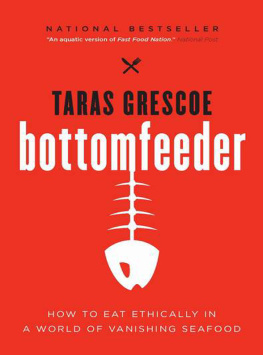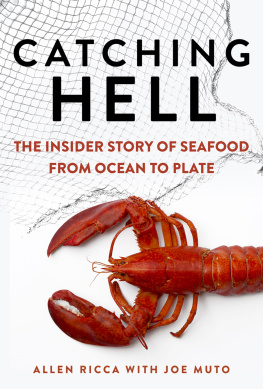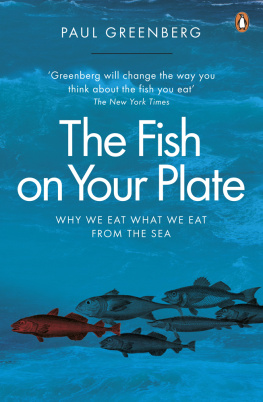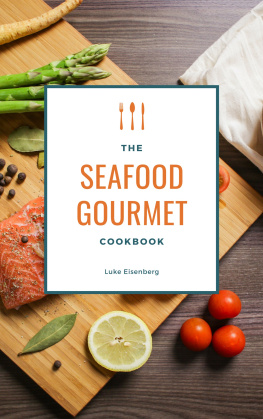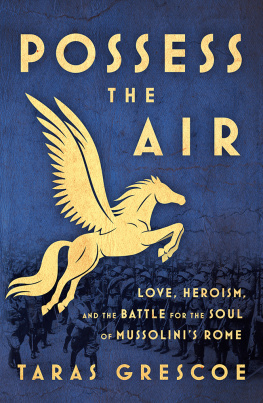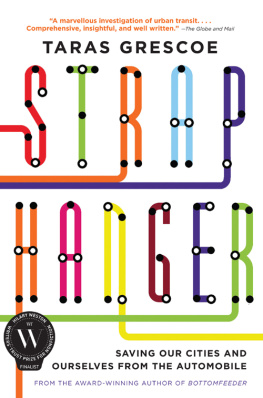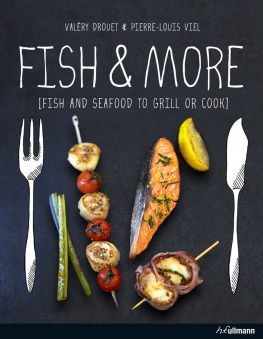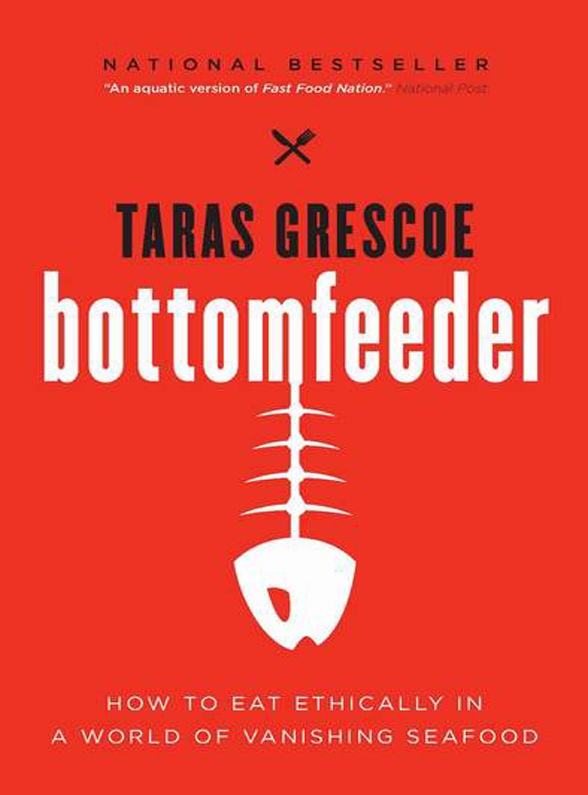To Erin
F OR THOSE WHO like to believe some things will never change, it must be good to know that places like Hubbards still exist.
On the road west from Halifax, you know you are getting close when you see the sign for the Shore Club, Nova Scotias Last Great Dance Hall, which has been serving two-pound lobsters and fresh berry shortcake since the end of the Second World War. Along the side of the road, fishermen sell discount scallops and solomon gundy, the local version of pickled herring, from the back of beat-up vans. Between the seaside rocks and the tiers of pine trees, black-roofed bungalows face the waves, many of them lobstermens homes now turned into summer cottages for city dwellers.
St. Margarets Bay, on which Hubbards sits, is a notch cut into the granite barrens of Nova Scotias south shore, filled to the rim twice daily with a generous cupful of Atlantic. This morning, the bay is socked in with fog, but the sun is already punching holes through the scrim of gray, making the plastic buoys and wooden dories on the water appear to glow from within. Standing on the deck of the Vicki & Laura, Lorne Harnish turns the wheel of his thirty-two-foot lobster boat, circling hard toward a wooden buoy attached by a rope to a trap at the bottom of the bay.
Cutting the motor, Harnish grabs a long gaffing pole, hooks the rope out of the water with a quick twist of his wrists, and threads it over a hubcap-sized pulley; a hydraulic winch rapidly pulls the ninety-pound trap to the surface. A semicylinder of bent oak roofed with maple slats and walled by netting, the trap looks like a miniature Quonset hut. Inside, four brownish-green lobsters cling to its seaweed-covered mesh. Harnish detaches one with difficultyit raises its claws in challenge, like a boxer facing a foe. After using a metal gauge to measure its carapace, he throws it into a plastic tub. The rest are shorts, too small to keep, and get tossed back into the water.
Though the lobsters are coming up undersized this late in the season, all in all it has been a good year for the lobster industry. Back in December, Harnish was catching half a tonne a day and selling them for $7 a pound to the local lobster pound. At the Halifax airport duty-free, two-pound lobsters, conveniently boxed for carry-on, are selling for $27.98.
By now the fog has burned away and St. Margarets, in all her ill-punctuated beauty, has revealed herself, the deep blue of the surface pixe-lated with thousands of fluorescent-hued buoys, each corresponding to a sunken lobster trap. All told, ten boats profitably work this tiny bay. For the last decade, from the Irish Sea to the Scotian Shelf, the lobstermen of the North Atlantic have been experiencing boom times. In the Gulf of Maine alone, southwest of Nova Scotia, there are thought to be three million traps in the water. When Lorne Harnish started fishing in the early 1970s, there were barely enough lobsters in the bay to keep him going for a week. Now he can haul up seven thousand pounds, in a season that lasts a full five months. Harnish, who has just turned fifty-seven, says he has no plans of retiring.
Harnish figures the lobster boom has something to do with whores eggs, local slang for sea urchins. Thirty-five years ago the bay was full of them. In the Gulf of Maine the urchins disappeared when they were harvested for their roe for the Japanese market; here, Harnish believes, they simply gnawed through the kelp, eating themselves out of house and home. Once the sea urchins were gone, the kelp returned, providing shelter and hunting grounds for the lobsters, who flourished in their turn.
Ecologists have another explanation for the boom. The shallow waters off Nova Scotia used to be full of swordfish and bluefin tuna, as well as untold numbers of hake, halibut, and haddock. Cod in particular were the apex predators in these parts. They prowled the gullies offshore in dense shoals, using their powerful mouths to suck up free-swimming lobster larvae, sea urchins, and even full-grown crustaceans. But the cod were fished to collapse in the early 1990s. With the cod gone, stocks of lobsters and other low-in-the-food-chain species exploded. It is a story that has been repeated throughout the Atlantic: with top predators fished to a fraction of their former abundance, it has become an ocean increasingly populated by shrimp, lobster, crabs, and other resilient, fast-growing crustaceans. An ocean, in other words, of bottomfeeders.
Harnishs day continues: he gaffs a rope, hauls up and empties the trap, fills the wire bait box with rotten mackerel, drops the trap, then moves on to the next buoy, until all 130 traps have been cleared out and rebaited. For the cottagers relaxing on lawn chairs on the shoreperhaps looking up from a headline about another ice shelf collapsing in the Antarcticthe sight of the Vicki & Laura finishing her rounds must seem soothing. St. Margarets Bay looks timeless and unchangeable, and the fishing boats look busier than ever.
They are wrong. The Atlantic is an impoverished ocean, and Harnish is actually working a monoculture, one whose single crop is the American lobster. Around the world, more unappetizing creatures are proliferating in the absence of big fish. Carpets of primitive sea squirts now cover continental shelves, preventing other forms of life from growing. Flotillas of jellyfish, some ten square miles in area, are stinging farmed salmon in floating sea cages to death. The filter-feeding fish that once cleaned the oceans are being caught and ground into fertilizer, causing giant blooms of toxic plankton which poison long stretches of coastline. The lobster boom of the Atlantic, in other words, may just be a tiny blip on a slippery slope to oceans filled with jellyfish, bacteria, and slime.
If these are salad days for bottomfeeders, it is only because human beings are doing something unprecedented, and perhaps irrevocable, to the seas of the world. With great applicationand faster than anybody thought possiblewe are eating our way to the end of the food chain. Unless we change our attitude to seafood, the future of the oceans may look a lot like the present of St. Margarets Bay: a once varied ecosystem, being reduced by human activity to a few weedlike, and increasingly inedible, species.
The Case for Seafood
I love seafood. And by seafood, I mean fresh-caught sardines as well as raw salmon tartare; piles of just-peeled coldwater shrimp and trays of raw flat-shelled oysters; sesame-oil-drenched jellyfish salad and deep-fried haddock; in fact just about any squirmy, wriggly, fishy, edible thing that comes out of the ocean. I have some almost every day.
Let me explain. Ten years ago I cut meat and poultry out of my diet and limited my flesh-eating to fish. I had read too many news items about growth hormones, factory farms, and antibiotics to feel good about a regular diet of steaks, burgers, and chicken; the alternative, organic meat, was expensive and at the time hard to find. (In the years that followed, as the mad cow scandal broke and it became advisable to treat salmonellosis-laden raw chicken in your kitchen as if it were a biotoxin, it was a decision I had no cause to regret.) Seafood seemed like a logical choice: fish not only had half the fat of beef but also seemed to be in endless supply. The oceans were immense and apparently inexhaustible. True, the cod fishery off Newfoundland had recently collapsed, but that, I figured, was a fluke that could be blamed on bad science, greed, and inept bureaucrats. The supermarket shelves were still piled high with canned tuna, the fast-food joints were selling bargain all-you-can-eat shrimp, and a fillet of Atlantic salmon was cheaper than it had ever been. There were lots more fish in the sea. There would

